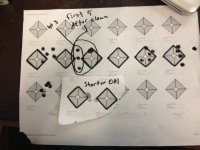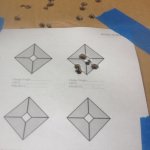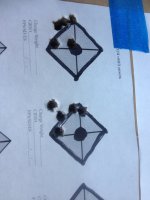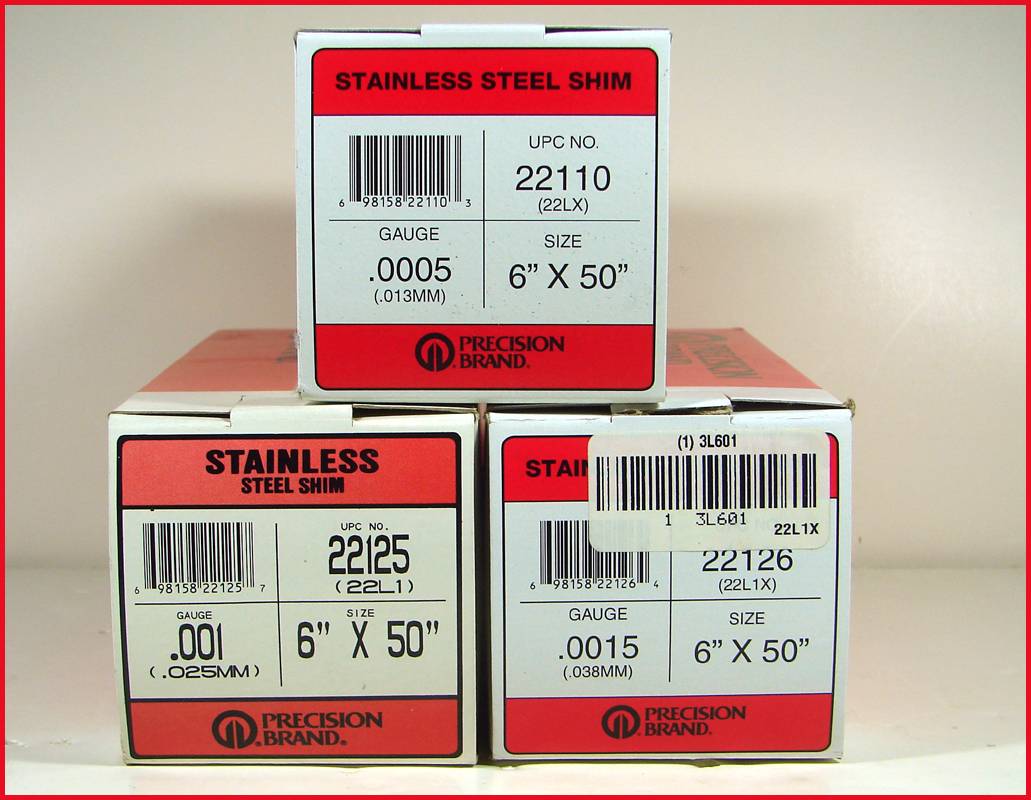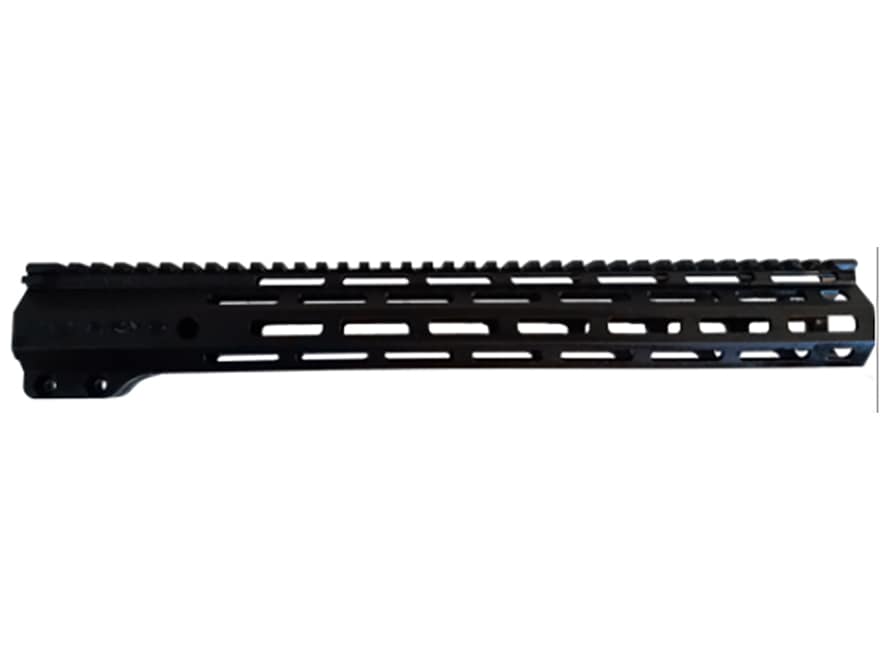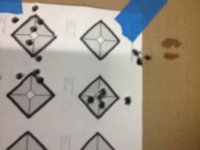Facing recivers is stupid.
All recivers are machined on modern cnc equipment. If done correctly they should be boring the ID, face and threading in one operation. I don't know that they do but based off my experience I can't see why you wouldn't.
If they do, the face will be as square to the bore as the the machine is capable.
Just because your 120 dollar lapping tool from Brownells didn't clean up even, means the tool isn't seated straight in the bore. You now made it less square because you were sold on some black magic marketing and because you are stupid to.
Your 120 dollar lapping tool is not consistent enough to do shit reliably.
And also accurately measuring squarness of a receiver face would be incredibly difficult without a modern CMM. Not saying it can't be done but most home smith's don't have the tools to do so.
Lapping receiver faces is stupid and you are probably a stupid Biden voter if you lap your receiver face!
Change my mind!!
ETA. most any discrepancy in how square the face of the receiver is more than likely coming from the anodizing. But how much discrepancy are you going to get on a .001-.002 thick coating
All recivers are machined on modern cnc equipment. If done correctly they should be boring the ID, face and threading in one operation. I don't know that they do but based off my experience I can't see why you wouldn't.
If they do, the face will be as square to the bore as the the machine is capable.
Just because your 120 dollar lapping tool from Brownells didn't clean up even, means the tool isn't seated straight in the bore. You now made it less square because you were sold on some black magic marketing and because you are stupid to.
Your 120 dollar lapping tool is not consistent enough to do shit reliably.
And also accurately measuring squarness of a receiver face would be incredibly difficult without a modern CMM. Not saying it can't be done but most home smith's don't have the tools to do so.
Lapping receiver faces is stupid and you are probably a stupid Biden voter if you lap your receiver face!
Change my mind!!
ETA. most any discrepancy in how square the face of the receiver is more than likely coming from the anodizing. But how much discrepancy are you going to get on a .001-.002 thick coating


